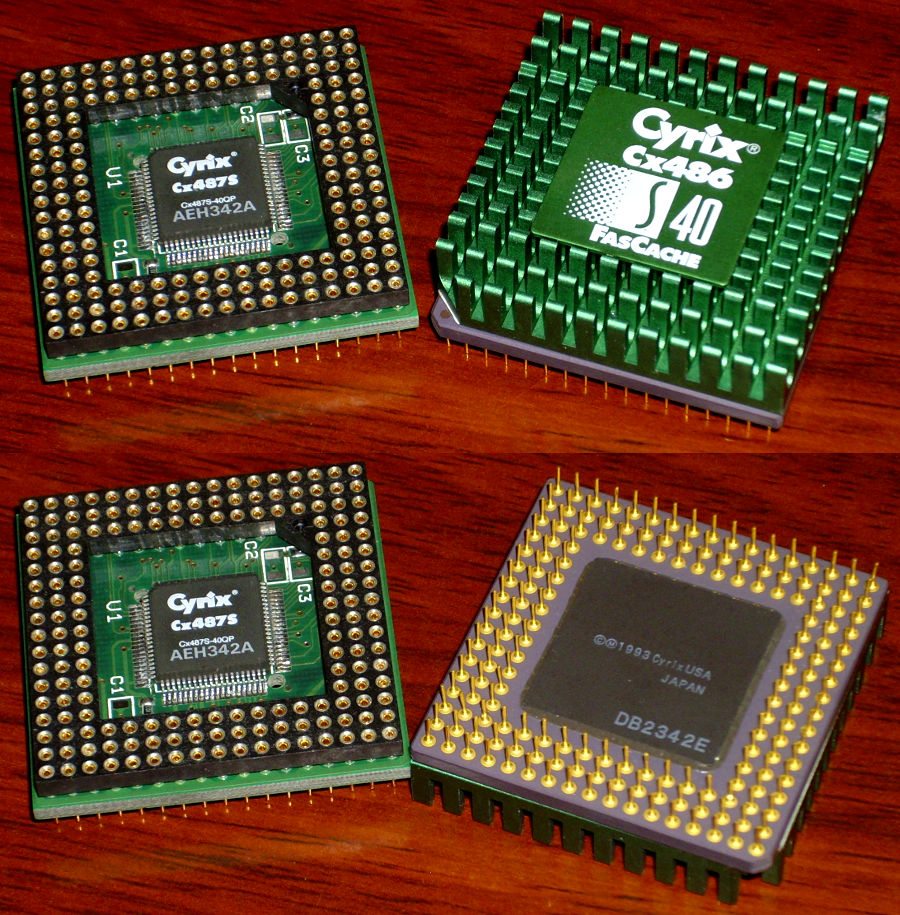First post, by Ozzuneoj
- Rank
- l33t
Hello everyone. Long time no see!
I haven't really touched any retro PC stuff over the past year almost, but today I was looking through my CPUs and remembered that I had picked this gem up somewhere along the way a couple years ago, and I'd never really figured out exactly what it was.
I think it might be an Evergreen "386DX2+" upgrade chip, but it doesn't exactly match the PCB markings shown on this site.
https://www.ardent-tool.com/CPU/386_upgrade.html#386DX2+
... and I'll be honest and say that I don't really understand what the job of the adapter actually is. I have no interest in trying to pry this rare CPU out of the socket for more information, especially since the page above actually comments that a pin broke off while they did so for the picture (ouch!). That appears to be the only other picture of this upgrade chip on the internet, though I have found some pictures of the Ti SXL2-50 on it's own.
Can someone explain what I have here? What would it be used for that the SXL2-50 on it's own couldn't be used for?
Thanks!

